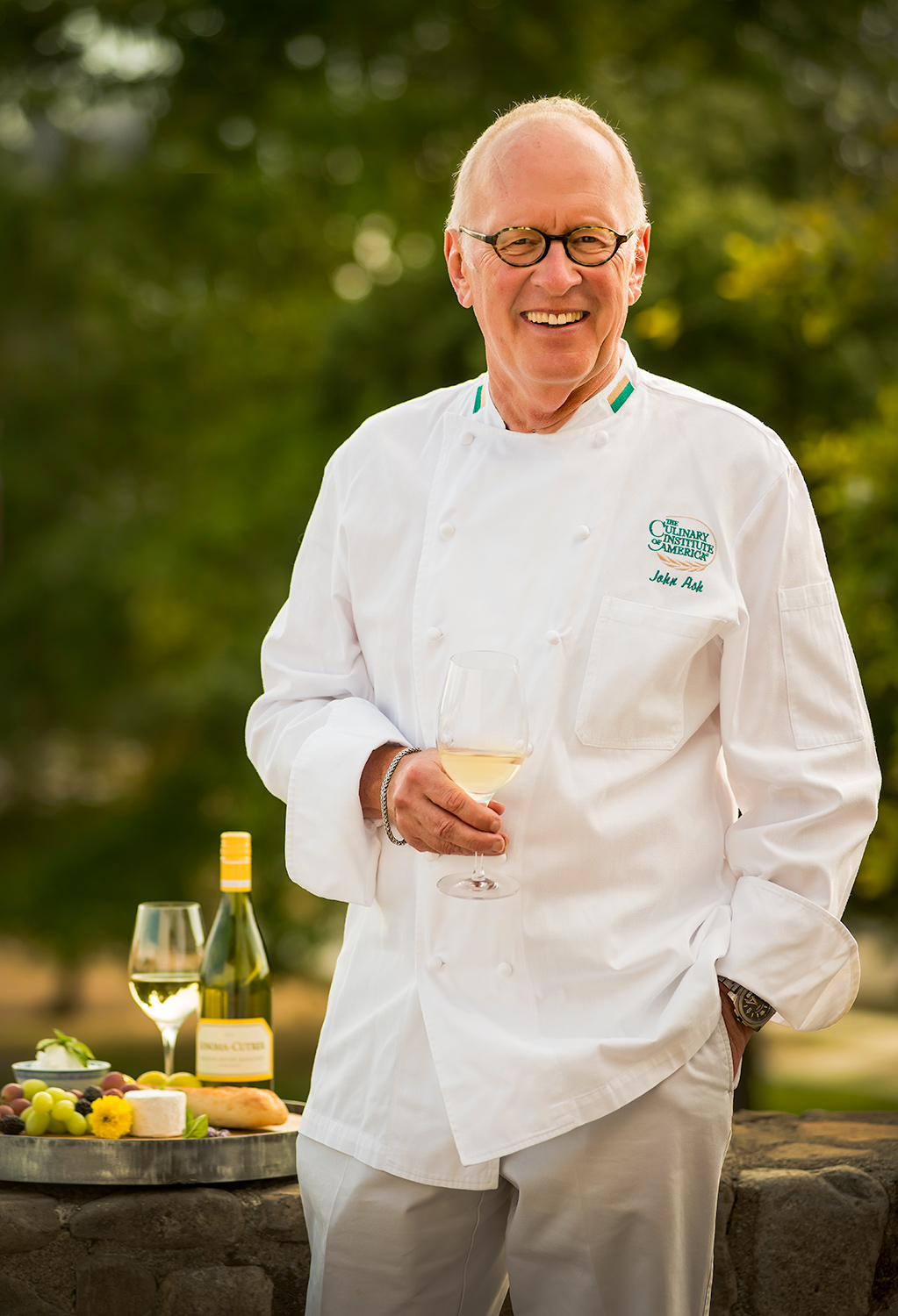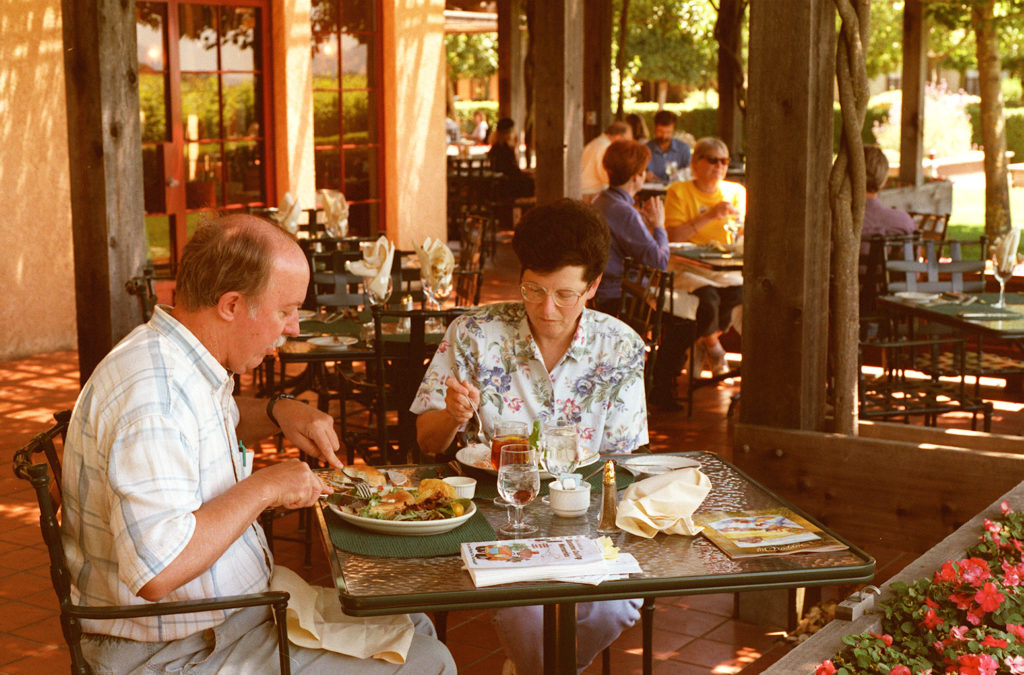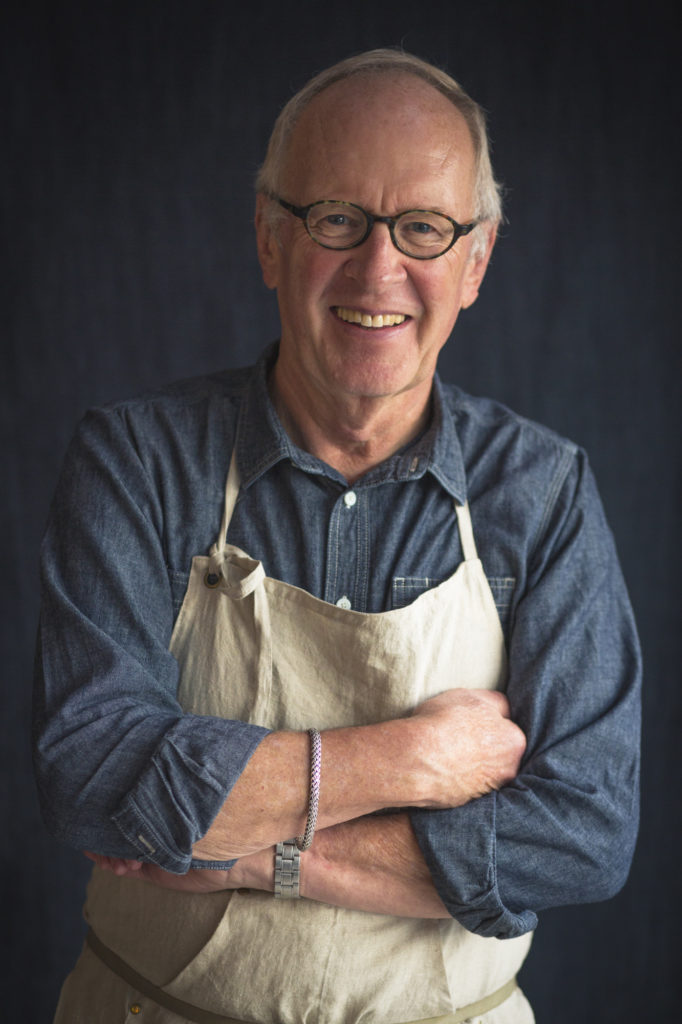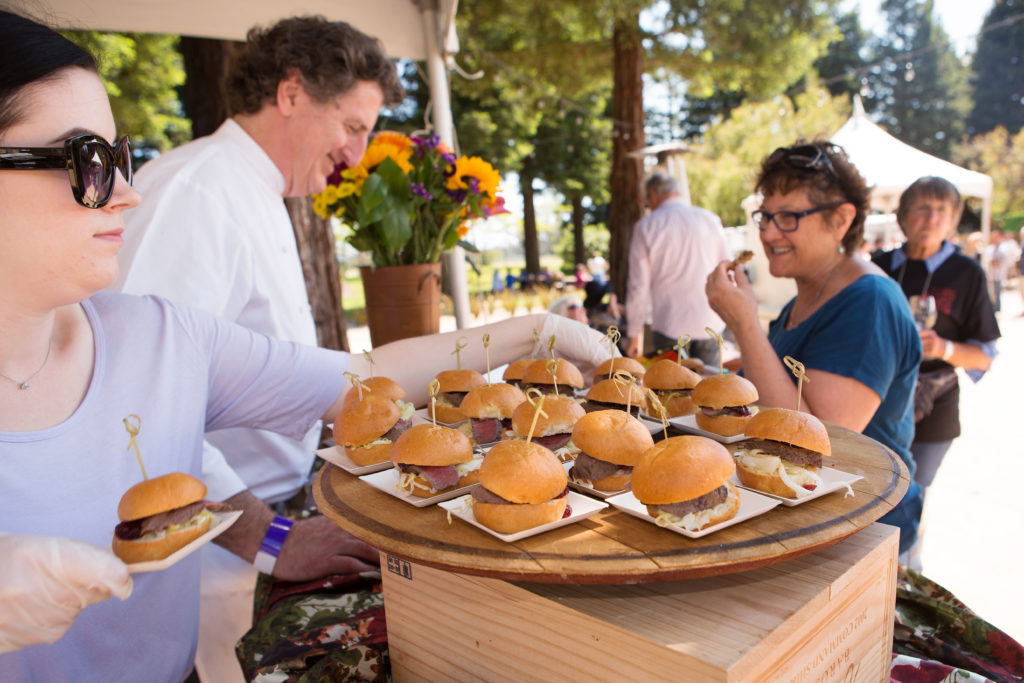John Ash and Co. is celebrating its 40th year in business this month. For a human, that’s middle age. For a restaurant, it’s a miracle.
A restaurant lasting four decades or more is so exceedingly rare that comprehensive statistics for restaurants open more than 10 years don’t even exist. But it’s also exceptional when a restaurant engenders an entirely new genre of cooking, as John Ash and Co. did with Wine Country cuisine.
Taking cues from his time in France, notably Provence, Chef Ash put the bounty of Sonoma County’s farms, ranches and coasts to good use — the original farm to table — rather than simply mimicking other cuisines and using imported or canned products.

In 2000, Ash sold the restaurant he started in 1980, but it continues to carry his name, under the leadership of Executive Chef Thomas Schmidt. And from now until Oct. 25, Schmidt will prepare 40th anniversary prix fixe dinners to pay homage to many of Ash’s early dishes, including Hog Island Oysters Rockefeller, Baby Greens with estate pears and roasted beets, Beef Wellington, Alaskan Halibut in spicy coconut broth, Sticky Date Pudding Cake and a chocolate caramel tart with vanilla bean gelato.
The dinner is $65 per person, and diners can enjoy the restaurant’s lovely outdoor patio. To make a reservation, go to vintnersresort.com/dining
We talked to Chef Ash about his early inspirations, the secrets of a restaurant lasting 40 years and his early influences.
Is there a secret to a restaurant lasting for 40 years?
Hard to believe that John Ash & Company has been around for 40 years. It is often said in the restaurant business that if you can make it for five years, you are doing good. The reason that the restaurant has lasted so long is clearly through the hard work and dedication of so many talented people. I helped start it, but it then took on a life of its own.
What was Sonoma County like when you started John Ash & Co in 1980?
Forty years ago, Sonoma County was a quite different place. Yes, there were wineries, but not so many. (There was) agriculture of all kinds; dairy, cheese, poultry, lamb, beef, fish and shellfish, plus amazing produce were all here, but generally it got shipped down the road to San Francisco or even farther south to Los Angeles.
You’re often called the “Father of Wine Country cuisine,” but in the 1980s there weren’t really any farm-to-table restaurants featuring local products here. How did that change?
It took some time for Sonoma to be recognized for its culinary brilliance. I came to Sonoma County on a dare, having worked in San Francisco for several years. I loved coming up to Sonoma to visit. The countryside and its agriculture reminded me of my time in France. A winemaker friend invited me up for a meal at one of the “best” restaurants in Santa Rosa. It was the middle of summertime and, despite having amazing fresh products nearby, they were serving canned vegetables. My immediate thought: “I could be a big fish in a small pond,” and with the help of some doctor friends, I opened the first John Ash & Company in Montgomery Village in 1980.
A pivotal article appeared in W Magazine in the mid 1980s which described Sonoma as America’s Provence. A nice review of the restaurant was included and that encouraged favorable reviews from the San Francisco Chronicle, Los Angeles Times, New York Times and a slew of culinary magazines such as Food & Wine, Bon Appetit and others. We were launched!
What were some of your early influences?
My bent was very much the same as I experienced in France: fresh seasonal and local foods, ethically grown and carefully prepared with generally French technique. We also emphasized that wine was an especially important part of the meal and an important focus of our offerings. We were one of the first to offer wine suggestions with menu foods. For many years we took on the role of “ecole du vin,” offering regular wine tasting classes and events.
Your foundation is in European culinary traditions, but you also love Asian cuisine. How did that come about?
At the end of the 1980s I was lucky enough to be invited to Japan to share ideas and help promote California food and wine. I spent a month or two each year for the next 15 years doing these promotions and discovered the elegance and sophistication of Japanese cuisine. This led me to a now-lifelong exploration of Asian foods, especially Japanese and Southeast Asian.
What is your culinary legacy?
Five cookbooks, three years on the Food Network and participation with ethical agricultural organizations such as Seafood Watch and the Chef’s Collaborative. I owe it all to that modest Montgomery Village restaurant.
















